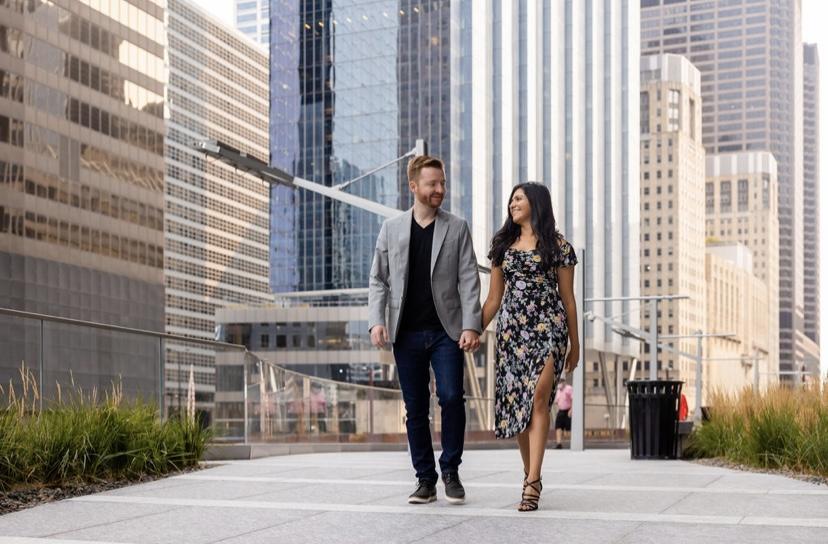Matthew & Jenny

Schedule

Thursday, July 7, 2022
Mehndi
6:00 pm
This event is not particularly formal but business casual for the non-indian attendants would be appropriate.
Mehndi, otherwise known as henna, is a paste associated with positive spirits and good luck. Hindu Wedding tradition calls for a Mehndi ceremony to be held before the wedding as a way of wishing the bride good health and prosperity as she makes her journey on to marriage. The core significance of applying Mehndi is to utilize its natural medicinal herbal remedies, cooling the body and relieving the Bride of any stress before her big day. While Mehndi is mainly for females, male relatives and friends are invited to join in on the party that comes after the Bride has completed her henna.
Friday, July 8, 2022
Graha Shanti, Ganesh Puja and Haldi
10:00 am
This event is business casual. Please don't wear your fanciest clothes as all are encouraged to apply haldi to the bride/groom (tumeric will stain)
The Ganesh Puja signals the start of the remaining wedding rituals. Ganesh is the Hindu God that represents the harbinger of good fortune and removes all obstacles. Therefore, before any wedding can start, the family worships Lord Ganesh, praying for a smooth wedding and prosperity to the couple. The Graha Shanti is a pre-wedding ritual performed to remove all obstacles and bring happiness/prosperity to the happy couple. Graha translates to house and Shanti translates to peace, hence meaning peace of the house. Turmeric, referred to as Haldi in Hindi, is a beautiful mustard yellow hue, auspicious in Indian tradition representing a life of prosperity for the couple about to begin their journey together. Known to possess anti-inflammatory, healing, beautification, and purification properties, Haldi is essentially a cleansing event for the bride and groom. Please join us to apply haldi to the bride and groom in preparation for the ceremonies ahead, all are welcome to partake!
Saturday, July 9, 2022
Baraat
9:00 am
600 East Grand Avenue, Chicago, IL 60611
This event is formal and precedes the Indian wedding. Dress nice but if you're a pal of the groom be prepared to dance!
A Baraat is a celebratory wedding procession of the groom involving live music and dancing. It consists of the groom's family and close friends, which in Gujurat, the bride's ancestral state, is called Jaan. The purpose is to bring the groom to the wedding venue with much pomp and fervor. It culminates at a meeting point where the elders of both families meet and the groom is greeted with garlands. Historically, the groom is amount a horse covered in finery. However, the modern groom has taken this custom and added new twists/flare, making it more reflective of their personality. Any guesses on how Matt will arrive in his Baarat?
Indian Ceremony
10:00 am
1000 East Grand Avenue, Chicago, IL 60611
This event is formal and follows the Baarat. Please refrain from wearing black as it is frowned upon in Hindu culture.
Please refer to the "Non-Indian's Guide to an Indian Wedding" for more detailed information! Brunch will precede and lunch will follow!
Western Ceremony
5:00 pm
1000 East Grand Avenue, Chicago, IL 60611
This event is formal and will be outdoors!
Ceremony #2! Prepare to laugh and cry as the bride walks down the aisle (again!) to marry her groom with the help of their officiant and close friend, Mr. Benjamin Wells.
Reception
6:00 pm
1000 East Grand Avenue, Chicago, IL 60611
This event is formal and will be {mostly} indoors!
Cocktails, dinner, and plenty of dancing...not to mention, a cheesy toast or two!